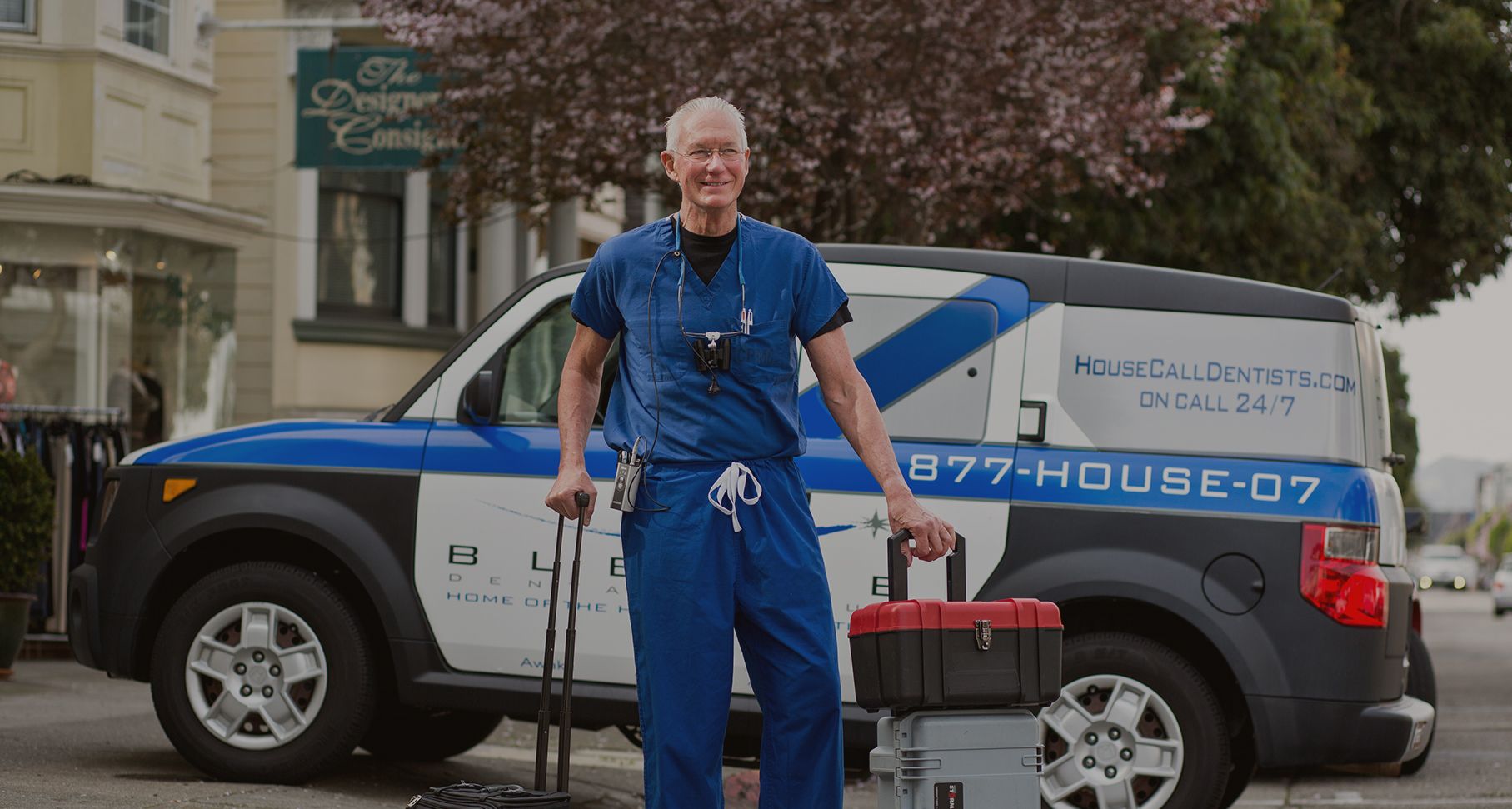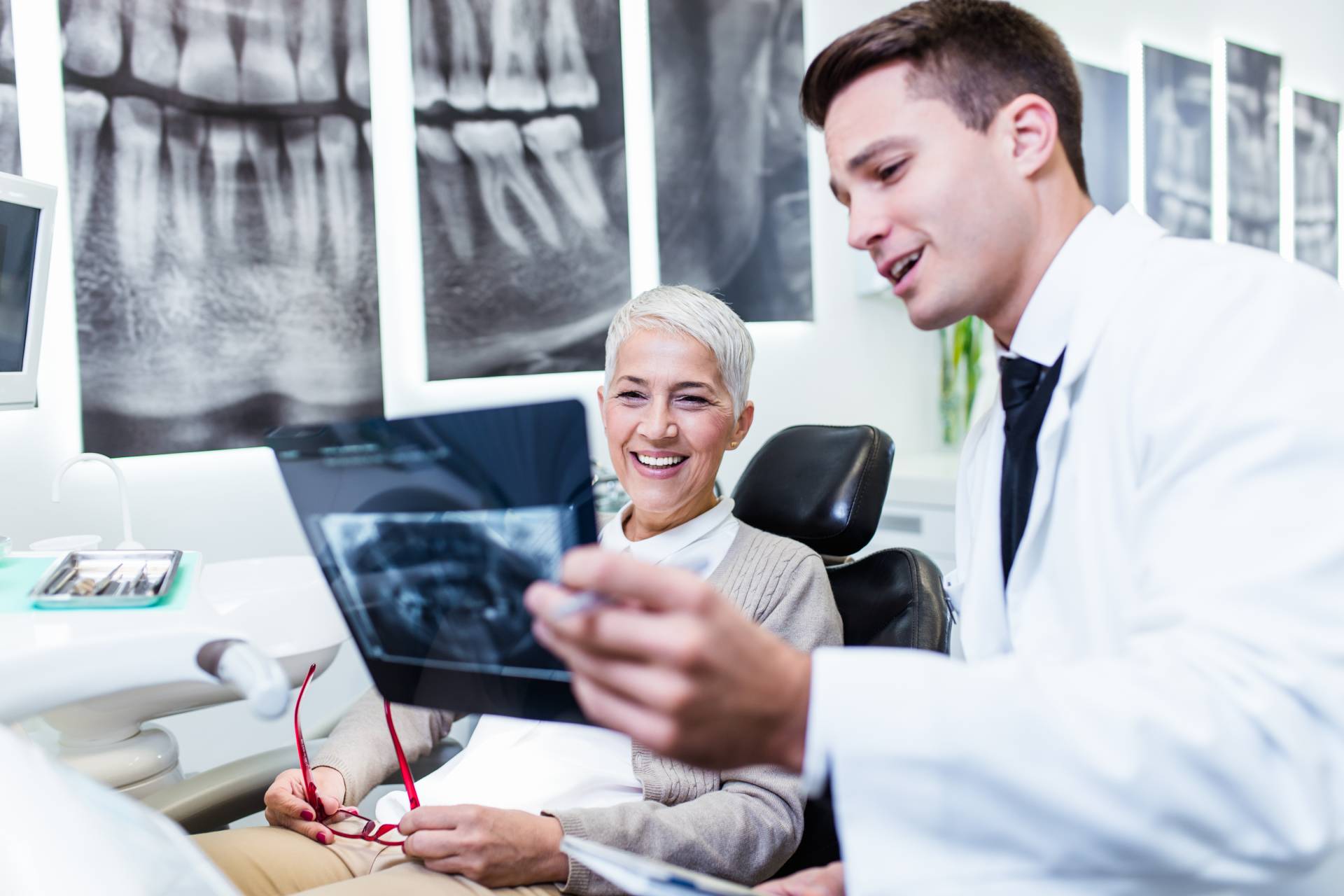All Posts
How Teledentistry Is Removing Barriers to Dental Care
Until the pandemic, people never realized how much they would come to rely on virtual solutions. Digital communications have changed the way people communicate, shop, engage socially, and even manage their health. These advances continue to open new doors for enhancing our lives in a world that craves easy access and on-demand services. However, the benefits of teledentistry extend far beyond convenience. Virtual dental care helps patients cope with travel-related stresses, particularly for those who must commute long distances or those who cannot easily leave their homes, such as seniors in assisted living facilities and special needs patients.
Increasing Growth and Adoption of Virtual Dental Care
During the pandemic, teledentistry came into its own on a large scale. It minimized the risk of exposure to the coronavirus for patients and dental professionals. It also significantly reduced the load on hospital emergency rooms related to dental problems. Today, teledentistry is no longer a niche service offering. The pandemic may have ushered in widespread adoption, but its growth was gaining traction well before the outbreak of COVID-19. According to surveys conducted by DentaVox in 2019, nearly 80% of U.S. households said they expected to rely on it over the next five years. In some fashion, it’s likely to become a new standard in all of dentistry. As Daniel W. Croley, DMD noted in his article for Dental Economics, “The market is expected to reach $2.6 billion by the end of the decade.”
Teledentistry is the remote delivery of dental care, consultation, follow-up care, and education through telecommunications. The idea is as old as the telephone itself. But with advances in video conferencing and online platforms, the systems have become incredibly robust. Video consults connect the patient’s laptop, tablet, or smartphone to a dentist who diagnoses the problem and accelerates treatment options, which may include electronic prescriptions for antibiotics and non-narcotic pain medication. When follow-up care is required, next-day appointments can be booked. There are several advantages.
- Enhances the patient experience when physical visits aren’t possible through personal interaction with a dental provider by phone or video
- Offers immediate online scheduling, expedited assessments and treatment recommendations, and faster access to a network of available dentists from the comfort of the patient’s home
- Protects information through private, secure, and fully HIPAA compliant protocols.
- Improves the quality of diagnosis through video interactions because patients can better describe their conditions using body language, pointing to problem areas, or even showing what’s happening inside their mouths
“A 2020 report by the Agency for Healthcare Research and Quality found dental practices that set up telehealth services were able to remotely evaluate patients and develop recommendations, provide problem-focused and urgent care evaluations, offer pharmacological management, and follow up on emergency care,” wrote Croley.
How Teledentistry Helps Dentists Treat Patients
Teledentistry brings value to both dentists and patients in a number of ways. Three of the most important, after initial evaluations, involve post-treatment services, access to care for those who cannot travel, and patients experiencing dental emergencies.
After Care
Teledentistry is a fast and effective way for dentists to monitor patients after treatment. These virtual consultations allow dentists to assess how well patients are healing over the video connection. This process eliminates the need for patients to travel, making them more likely to participate. For dental practitioners, these platforms contribute to the reduction of operating costs, as Croley explained: “The added value to the dentist is reduced overhead since patients do not need to come in for their appointments, thus eliminating the need for setup and sterilization of rooms, chairs, and instruments.”
Greater Access
Busy days, long-haul travel, and other obstacles prevent people from visiting their dentists regularly. For people who live in rural areas and bustling metropolitan areas, reaching their dentists is no easy feat. For seniors and patients with ambulatory issues, the challenges are even greater. “Caregivers or adult children can help oversee the technology for teledentistry by using a mobile phone or computer, which could help seniors know when they need in-person care and when they might be able to postpone it,” Croley said.
For children or phobic patients, teledentistry can help dentists conduct checkups from the comfort of their patients’ homes, reducing their reluctance to see a dentist by instilling a better sense of ease.
Emergencies
The ability to triage patients on demand allows dentists to assess a person’s condition and determine whether a dental emergency exists. If so, the dentist can take immediate action to alleviate pain by calling in a prescription while scheduling an appointment for care. Within the overall healthcare industry, virtual consultations for emergencies have the potential to reduce the number of emergency room visits at hospitals and urgent care centers, which usually redirect patients back to their dental providers after treating the pain.
Part of a Growing Mobile Ecosystem
Digital platforms and teledentistry systems represent only part of this equation. RDH Magazine noted that “as dental practices and health-care organizations increasingly explore ways to include mobile delivery into their current model of care, the mobile dentistry movement continues to gain traction as one of the most popular up-and-coming trends within the profession.”
Sinca 2008, House Call Dentists has fully utilized all the breakthroughs in portable equipment — such as x-ray units, treatment carts, and compressors. These advances have made the House Call Dentists division of the Blende Dental Group busy in both San Francisco and New York, with a focus on those with special needs: the geriatric, patients with physical or mental challenges, the permanently homebound, and others. Combined with teledentistry, an entire population of underserved people are now receiving all levels of care without barriers.
Let's brighten
that smile
The when and where are up to you.














































